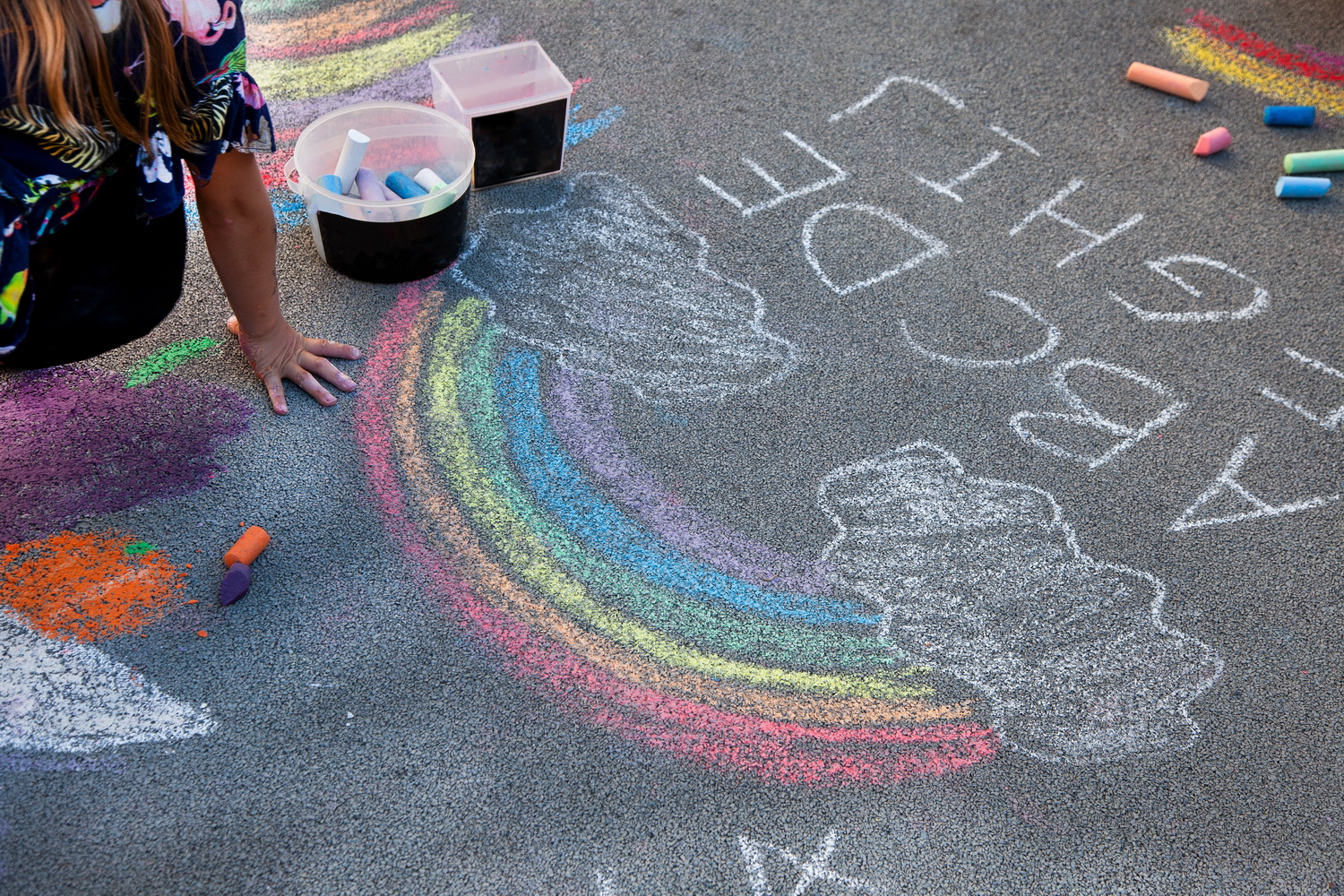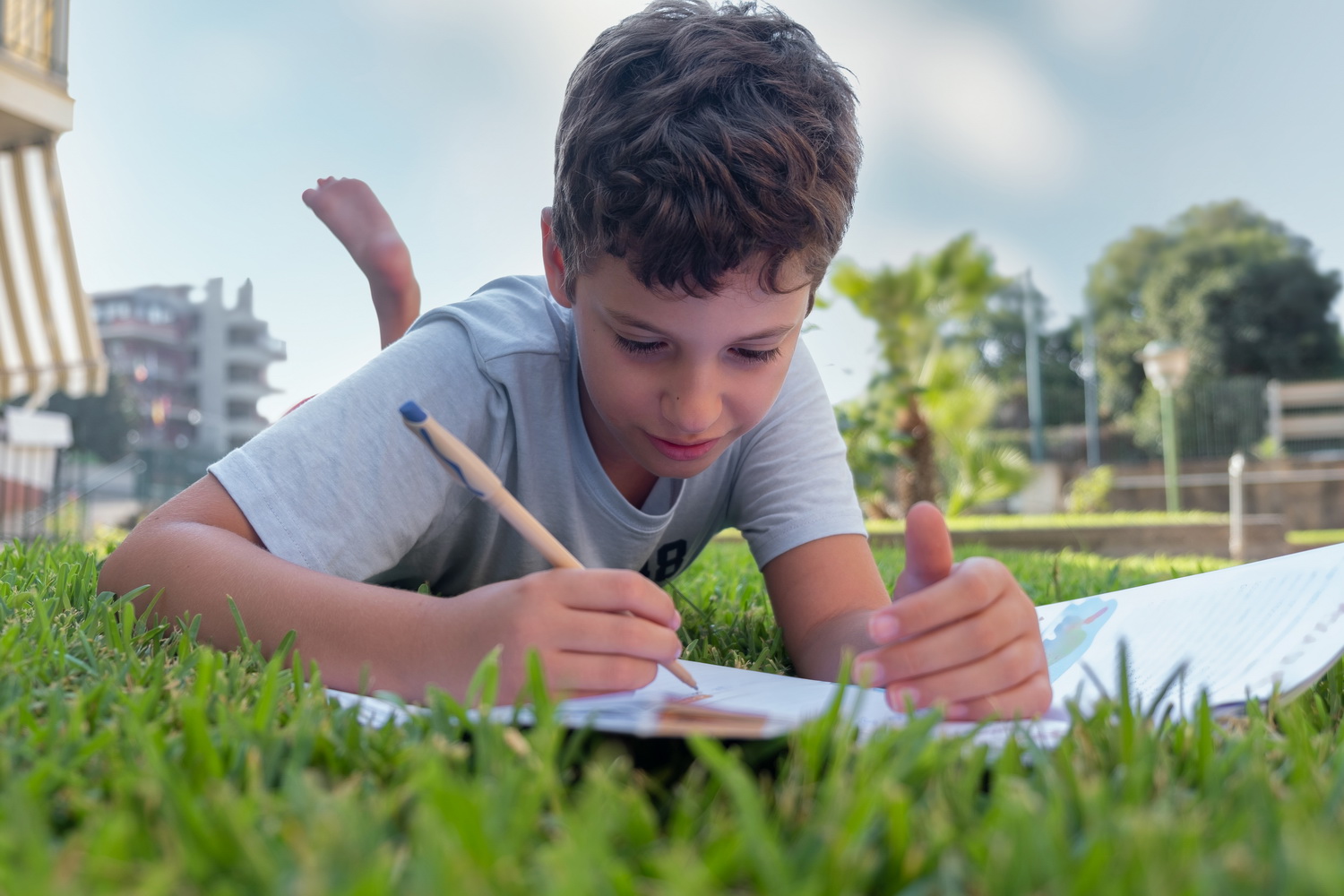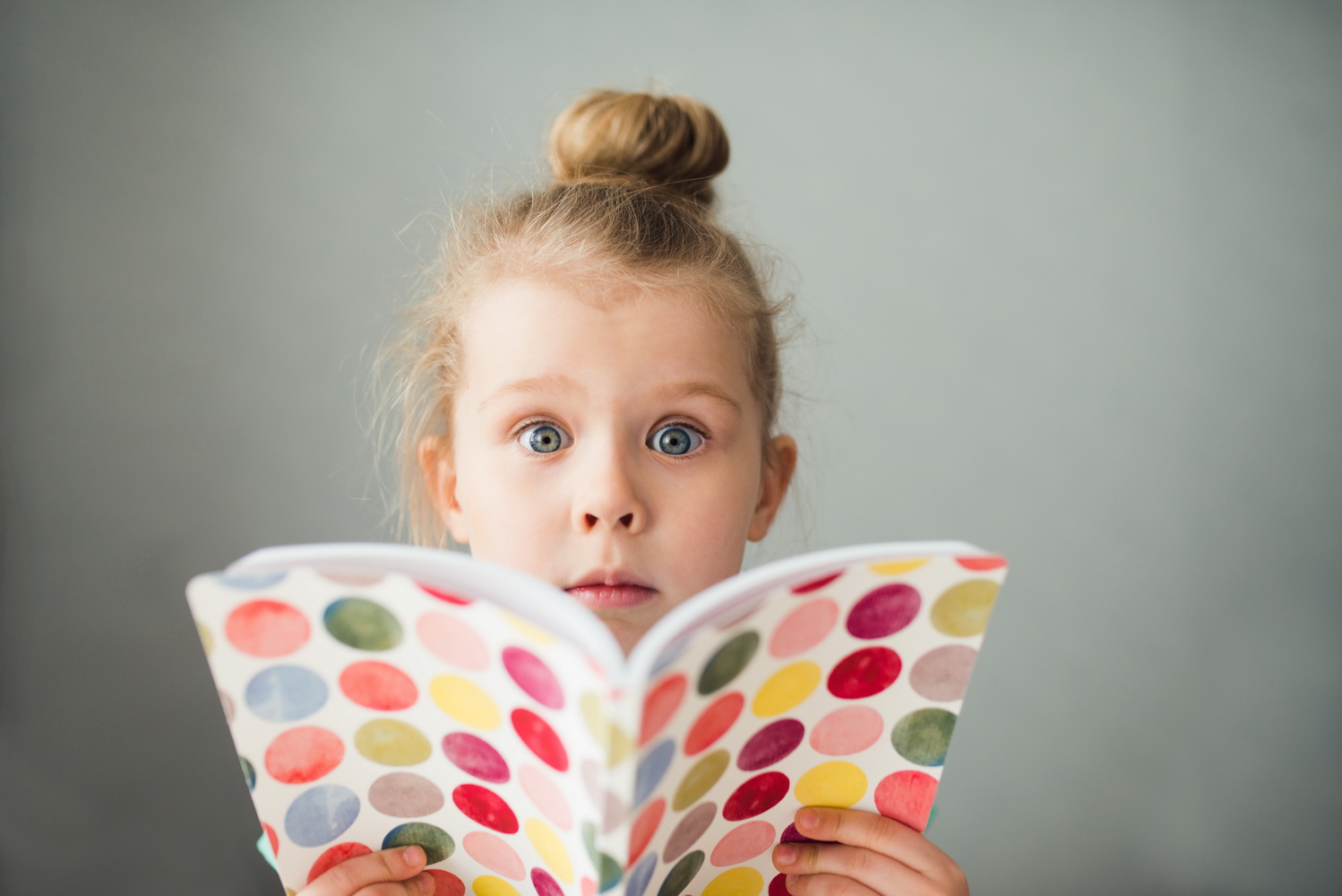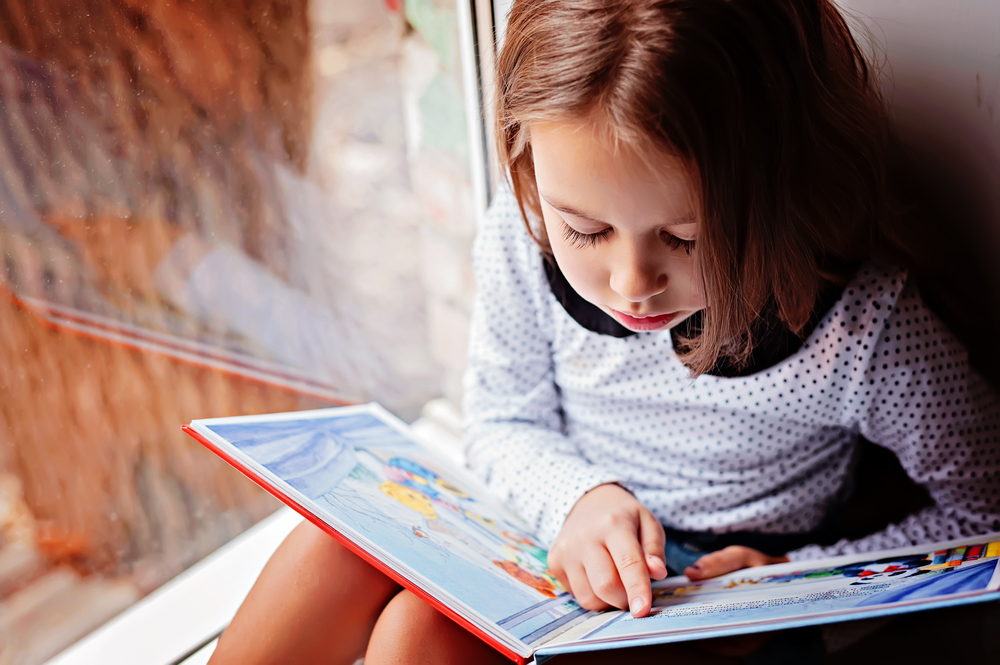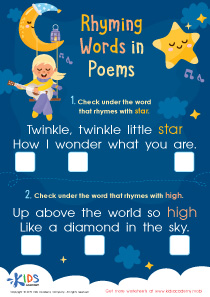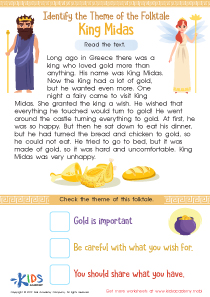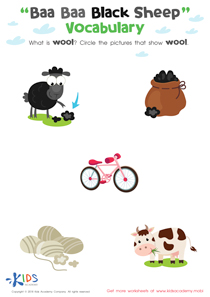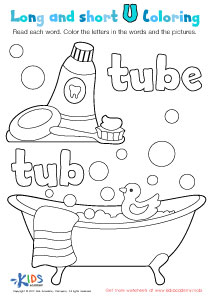Critical Thinking Normal Reading Comprehension Worksheets for 4-Year-Olds
13 filtered results
-
From - To
Discover engaging "Critical Thinking Normal Reading Comprehension Worksheets for 4-Year-Olds" designed to sharpen young minds! Our carefully curated worksheets combine fun stories with stimulating questions to boost comprehension and critical thinking skills. Ideal for preschoolers, these activities encourage active reading, enhance vocabulary, and promote thoughtful analysis of text. Each worksheet offers colorful illustrations and simple passages that captivate kids' attention, making learning a delightful experience. Perfect for classroom settings or at-home learning, these worksheets lay a strong foundation for future academic success. Explore our collection today and watch your child's cognitive abilities flourish!
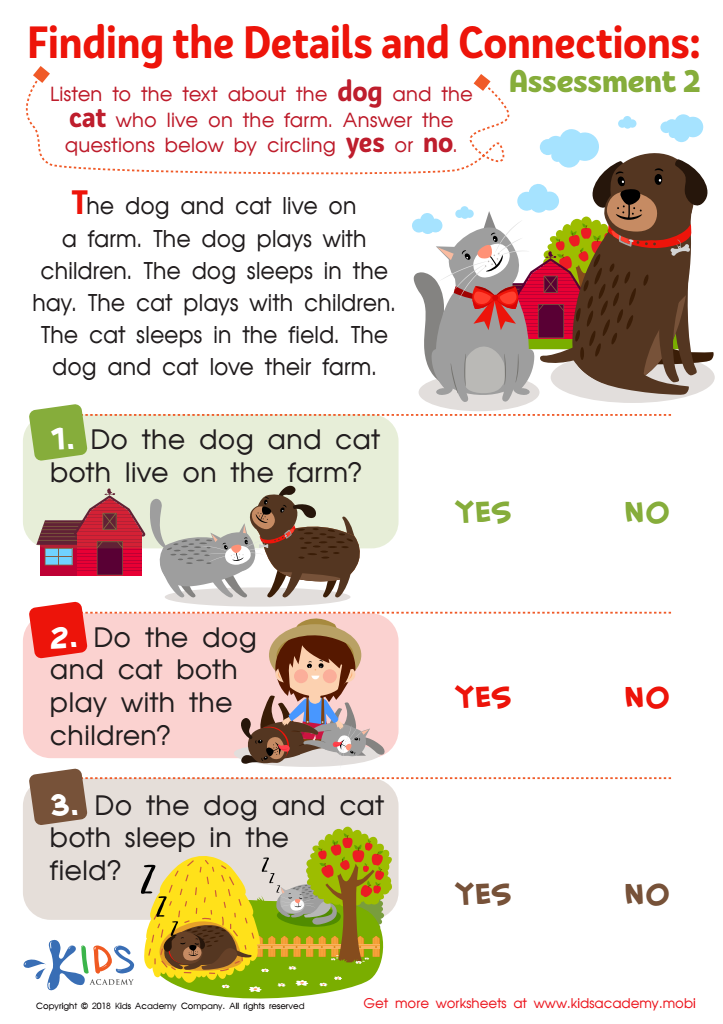

Finding the Details and Connections: Assessment 2 Worksheet
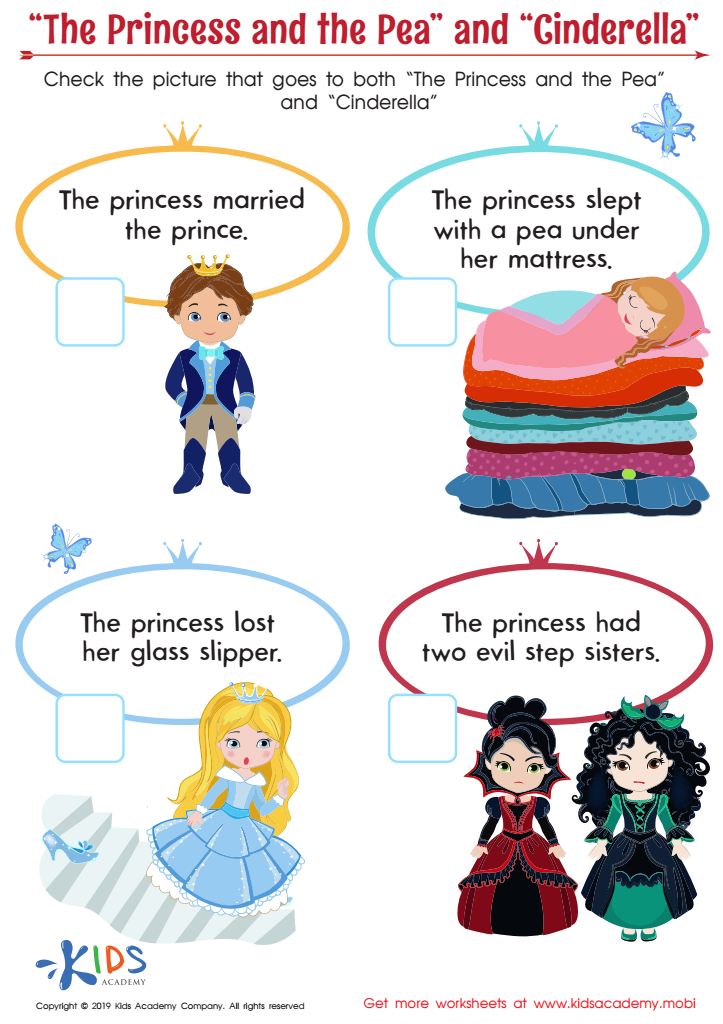

“The Princess and the Pea” and “Cinderella” Worksheet
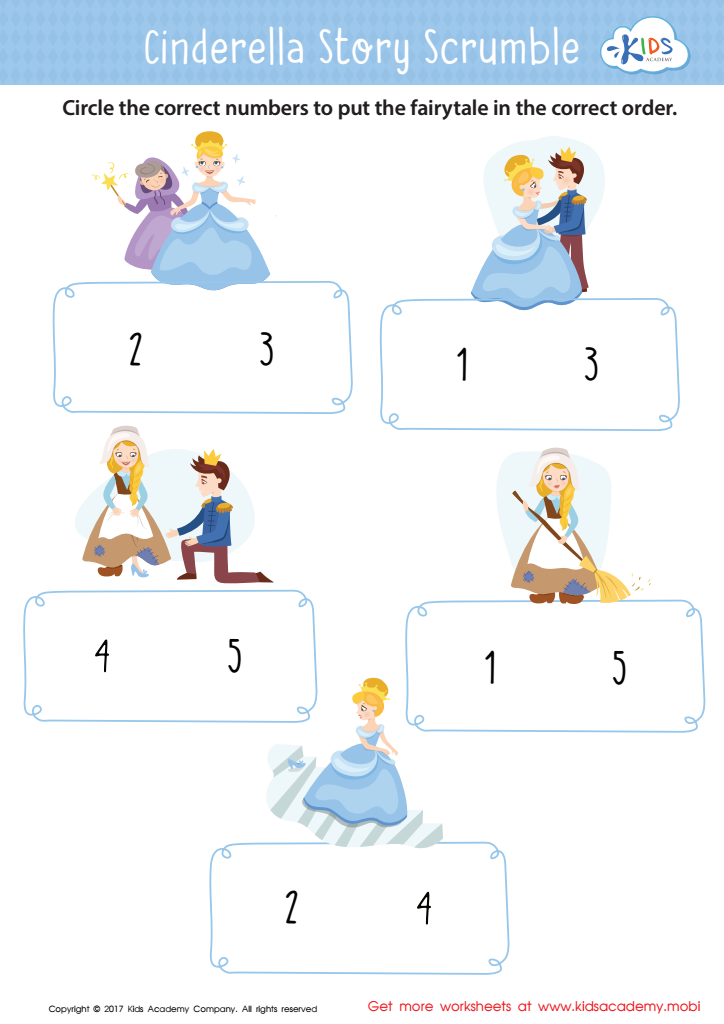

Cinderella Story Sequencing Worksheet


Picture in Books Worksheet
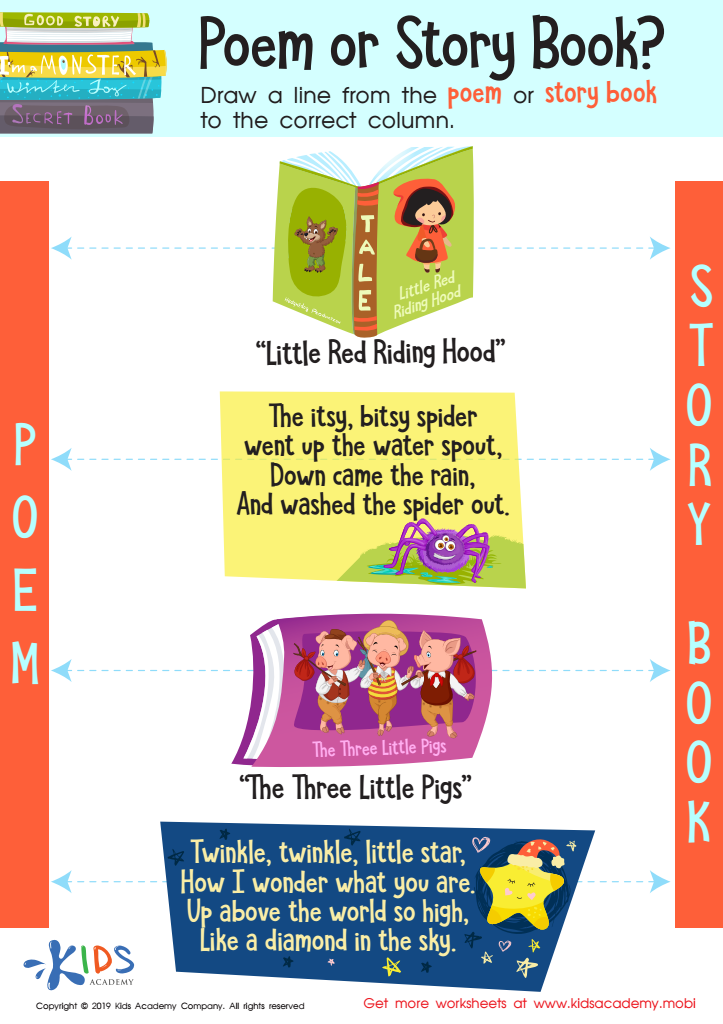

Poem or Story Book? Worksheet
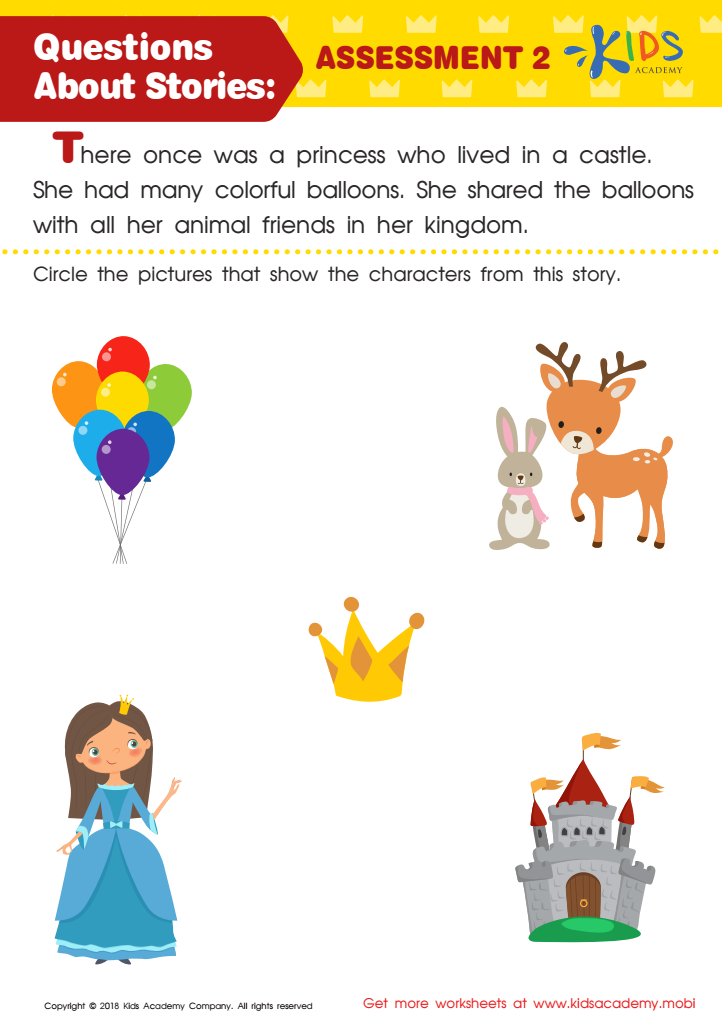

Questions About Stories: Assessment 2 Worksheet
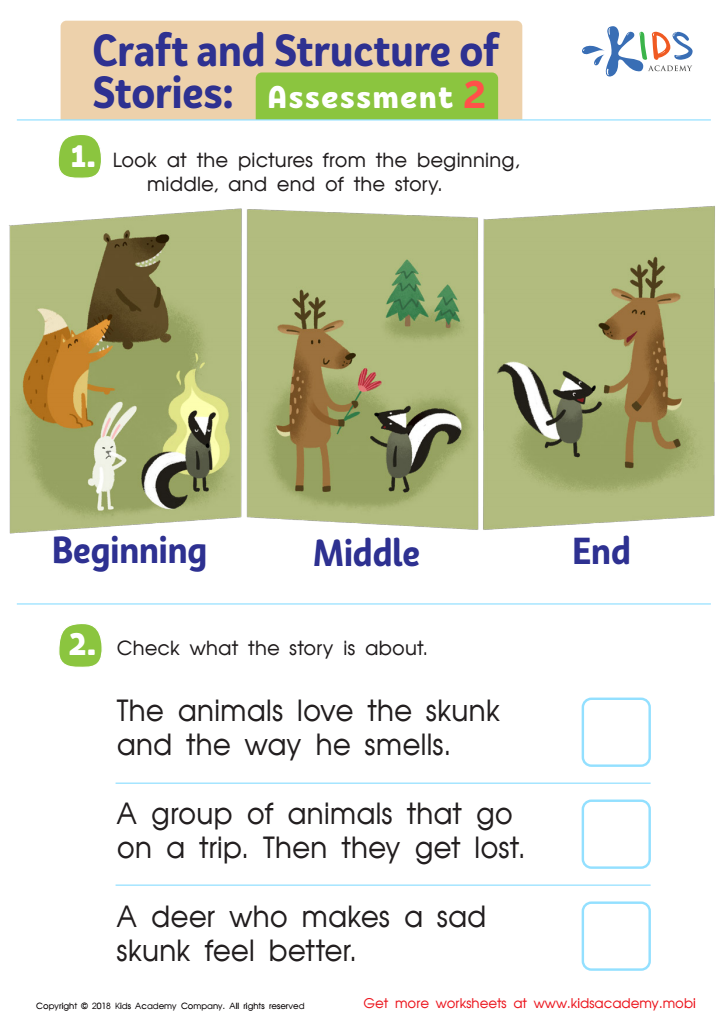

Craft and Structure of Stories: Assessment 2 Worksheet
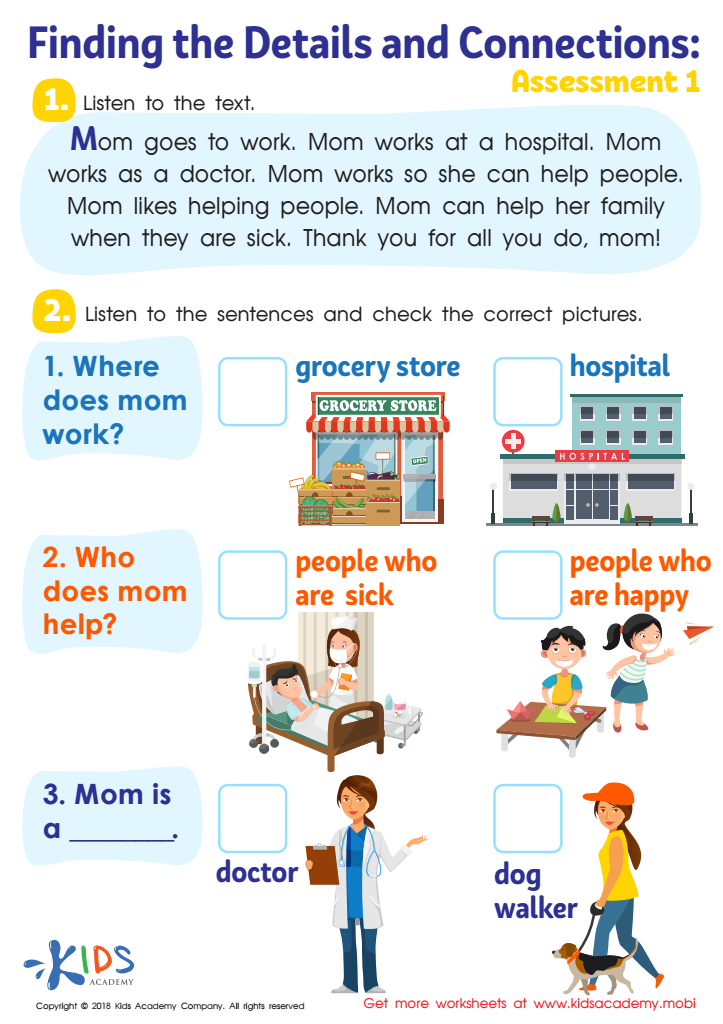

Finding the Details and Connections: Assessment 1 Worksheet
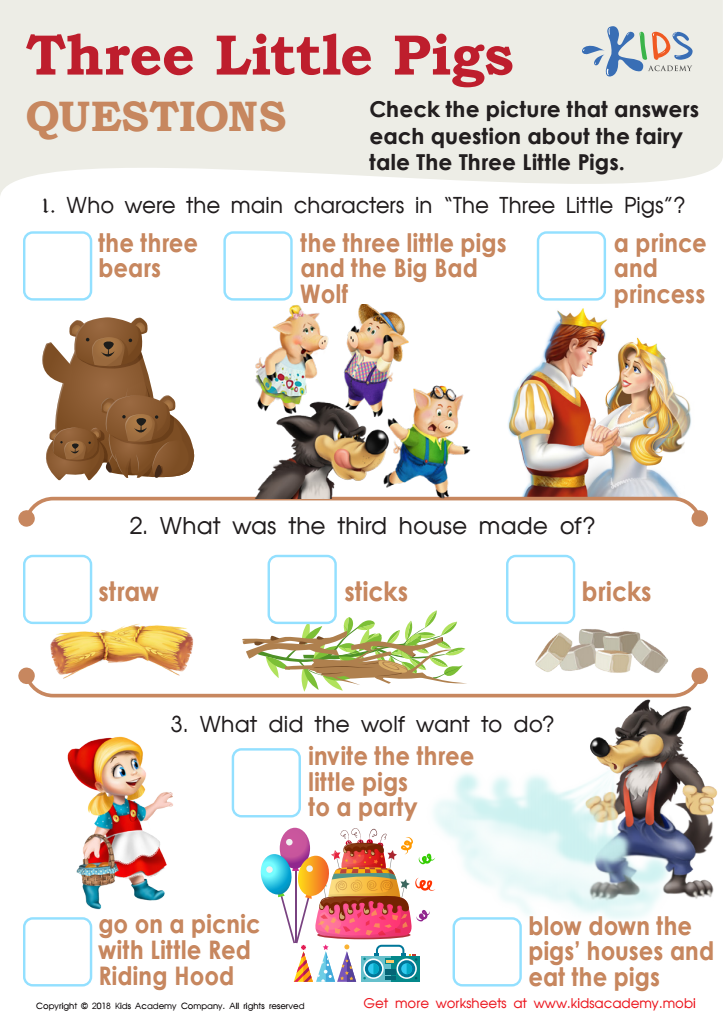

Three Little Pigs Questions Worksheet
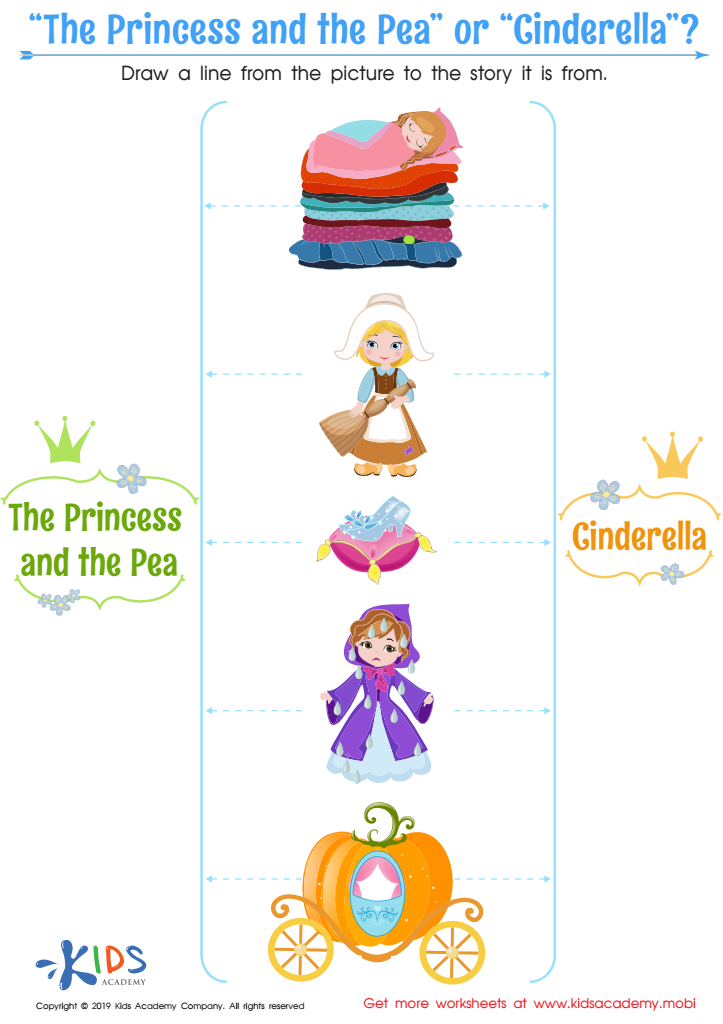

“The Princess and the Pea” or “Cinderella” Worksheet
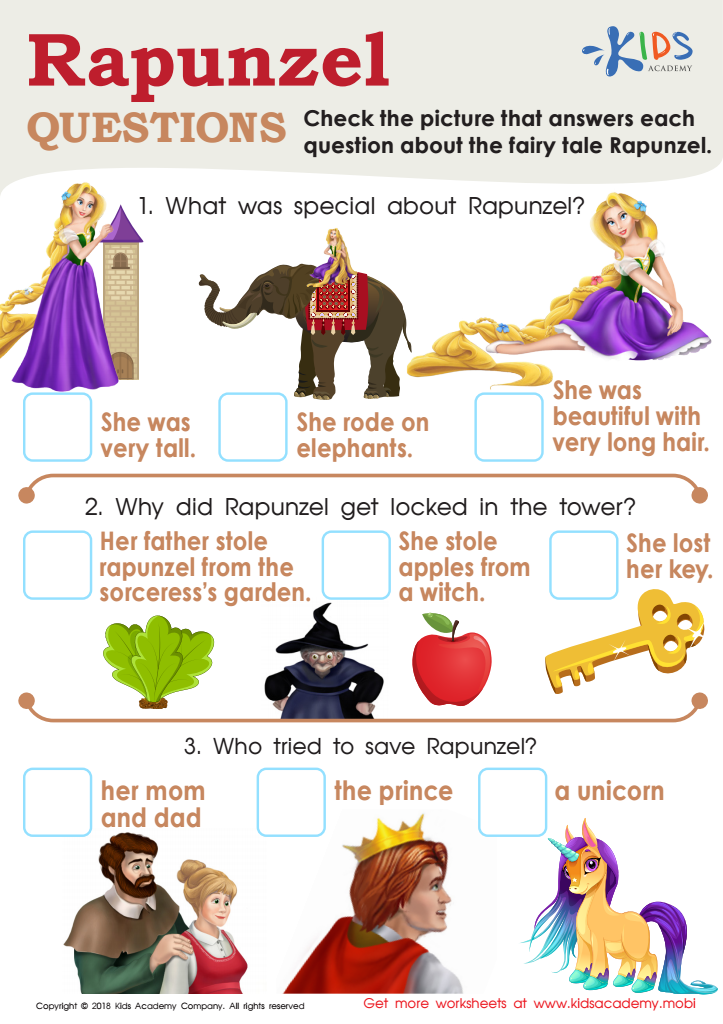

Rapunzel Questions Worksheet
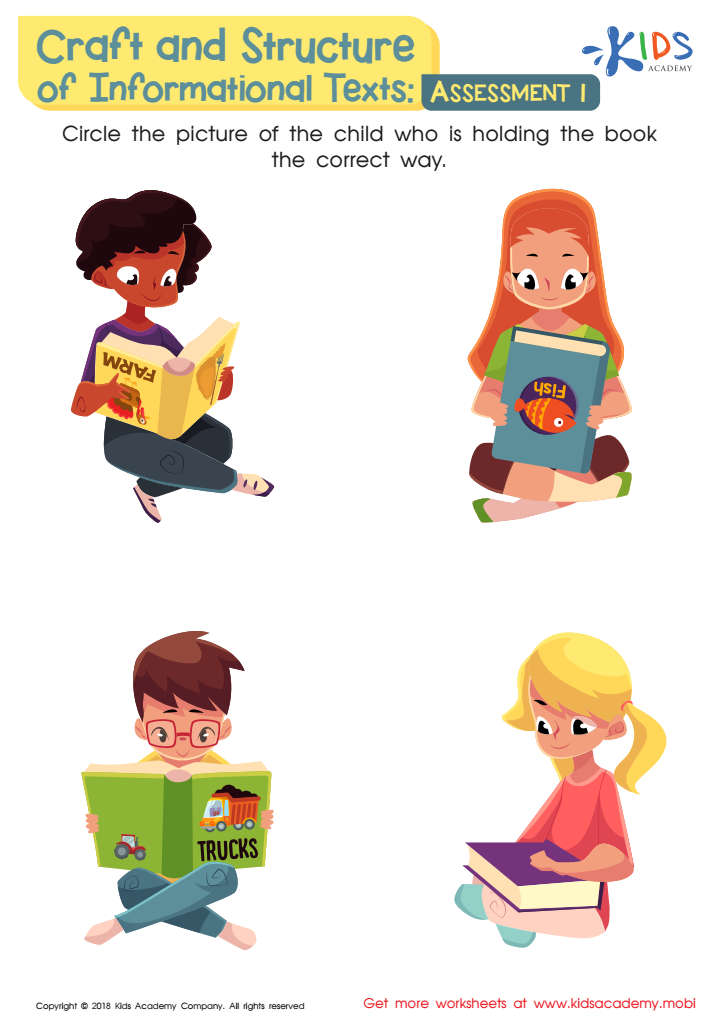

Craft and Structure of Informational Texts: Assessment 1 Worksheet
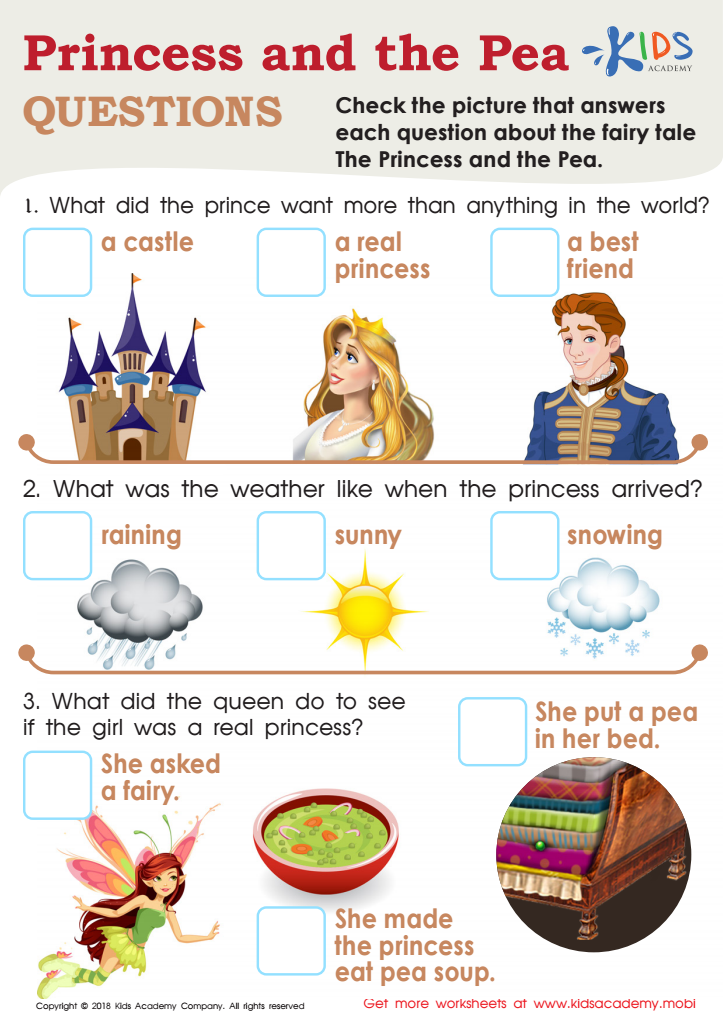

Princess and the Pea Questions Worksheet
Parents and teachers should care about fostering critical thinking and normal reading comprehension in 4-year-olds because these skills are foundational for lifelong learning and cognitive development. Early childhood is a prime time for cognitive growth; children's brains are highly receptive to new information and capable of developing complex processing abilities. By cultivating critical thinking, children learn to analyze, evaluate, and create new ideas, which promotes problem-solving skills and independent thought. These abilities are crucial not only academically but also for everyday decision-making and navigating social interactions.
Reading comprehension at this age, even if it’s basic and primarily oral, helps children understand, remember, and engage with stories and information. This builds a solid vocabulary, enhances communication skills, and fosters a love for reading. A strong foundation in comprehension paves the way for academic success in later years, as children who understand and retain what they read are better equipped to handle advanced concepts and instructions.
Moreover, these skills bolster confidence and encourage curiosity, traits that drive a love for learning and exploring new ideas throughout life. Ensuring that a child develops these capabilities early provides them with a robust toolkit that supports emotional, intellectual, and academic resilience. In essence, attention to critical thinking and reading comprehension equips young learners with vital skills for a successful future.
 Assign to My Students
Assign to My Students


